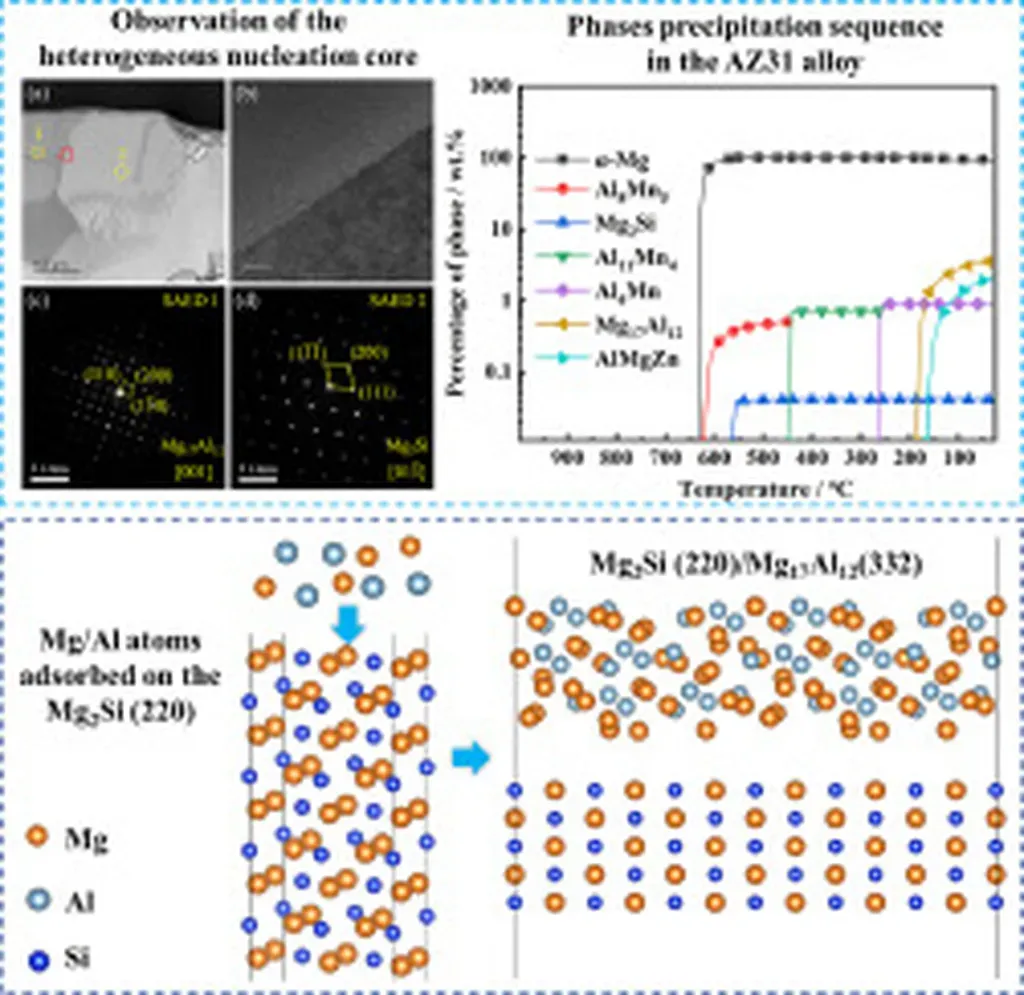In the heart of Chongqing, China, researchers are unraveling the intricate dance of atoms and phases that could revolutionize the energy sector. Dr. Ye Tian, from the Materials Science and Engineering College at Chongqing University, has been leading a team that’s delving into the behavior of a promising titanium alloy, Ti-7Mo-3Nb-3Cr-3Al, and their findings, published in the journal *Materials & Design* (translated as *Materials & Design*), could have significant implications for industries relying on robust, lightweight materials.
The team’s research focuses on the alloy’s microstructure evolution and mechanical properties after cold rolling and subsequent annealing. Cold rolling is a process that involves rolling the metal at room temperature to reduce its thickness, while annealing is a heat treatment used to alter the properties of the metal. The researchers subjected the alloy to different degrees of cold rolling (20%, 50%, and 70% reductions) and then annealed it to study the changes in its microstructure and mechanical properties.
Dr. Tian explains, “Cold deformation generates deformation bands and stress-induced martensite. With increasing strain, these banded structures become irregular.” This irregularity, they found, plays a crucial role in the alloy’s behavior during subsequent annealing.
Upon annealing, the researchers observed that recrystallized grains preferentially form at grain boundaries and adjacent to deformation bands within recovered regions. Recrystallization is a process that involves the formation of new, strain-free grains within the deformed metal, which can significantly alter its properties.
The team found that at 870°C, the recrystallization kinetics follow a specific equation, with an activation energy of 120.95 kJ/mol. This information is vital for industries that use this alloy, as it allows them to predict and control the alloy’s behavior during heat treatment.
But the team’s findings don’t stop there. They also discovered that the mechanical properties and work-hardening behavior of the alloy are strongly correlated with the recrystallized grain size. “The average grain size of recrystallization increases to about 115 μm, accompanied by the disappearance of the double-yield phenomenon,” Dr. Tian notes. This double-yielding behavior, they found, correlates with changes in the amount and variant selection of stress-induced martensite.
So, what does this mean for the energy sector? Well, titanium alloys like Ti-7Mo-3Nb-3Cr-3Al are often used in industries where lightweight, high-strength materials are required, such as in the manufacturing of aircraft and power generation equipment. By understanding and controlling the alloy’s behavior during cold rolling and annealing, industries can tailor its properties to suit their specific needs, leading to more efficient and reliable products.
Moreover, the team’s findings could pave the way for the development of new titanium alloys with improved properties. As Dr. Tian puts it, “Variations in work hardening behavior are primarily influenced by the recrystallized grain size and by the amount and variant selection of martensite.” By manipulating these factors, researchers could potentially create alloys with enhanced strength, ductility, and work-hardening behavior.
In the ever-evolving world of materials science, Dr. Tian and his team’s research is a testament to the power of understanding and controlling the microscopic world to shape the macroscopic one. Their work not only sheds light on the behavior of a promising titanium alloy but also opens up new avenues for the development of advanced materials for the energy sector. As we strive towards a more sustainable and efficient future, such advancements are not just welcome, but crucial.

